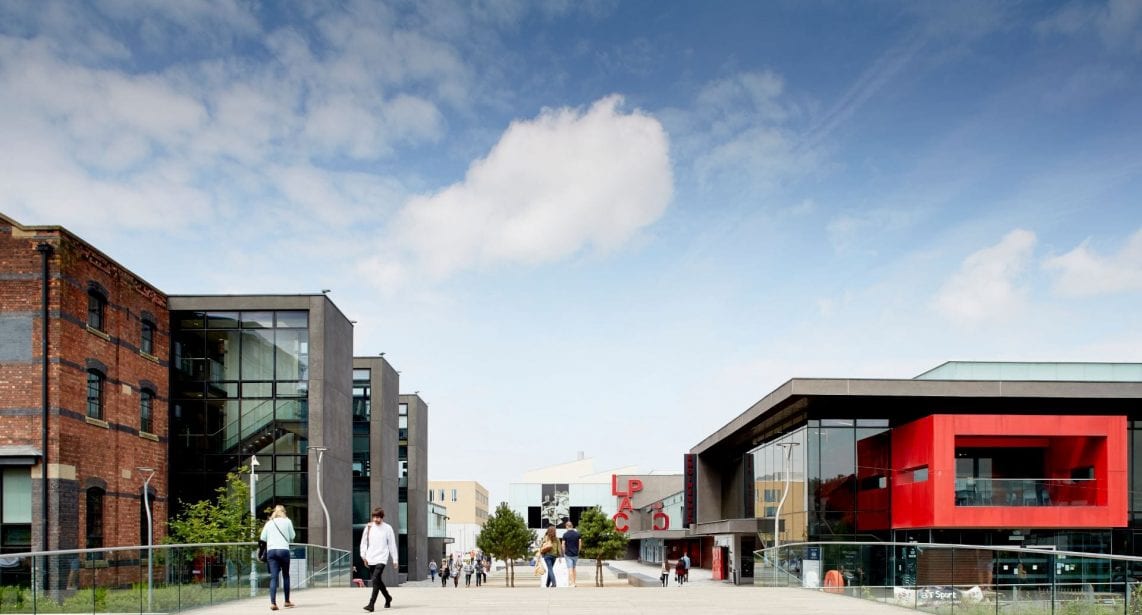It can be easy to forget how new professional social networking is. Consider the students who enter university at eighteen in the autumn of 2022. They were born in the year Facebook was launched! Most young people, in other words, have never experienced a world without the social internet. Most researchers, on other hand, are old enough to remember a world before academic social networking sites existed. If you are curious about how the internet age intersects with your own lifetime, the Wikipedia article Timeline of Social Media makes for fascinating reading.
I fall into an in-between generation. Unlike a lot of people my age, I never used instant messaging growing up and never had accounts on Myspace or LiveJournal (I’m pretty sure I had no idea what either of those last two were). Because I was in my twenties before I had social media accounts, and abandoned them several years later, I can distinctly remember before and after I had accounts. In this post for Thing 20, I will consider the benefits and drawbacks of professional social networking.
Benefits
My formative years as a researcher coincided with social networking becoming widely popular. Academia.edu was founded when I was an undergraduate, and I began to use it midway through my PhD on the recommendation of my supervisor. He encouraged his students to use it to get access to new and unpublished work–in other words, to use it as an open access research repository. In the seven years that I have had my account, I have intermittently used it get access to articles and especially book chapters, to which I needed immediate access. Especially in the past few years, this access has come not through Academia.edu itself, but through searching on Google that has led me back to papers on Academia.edu.
My primary use of Academia.edu has been for its networking side. I have used it to connect with other medieval history scholars and to share work that I am doing. Up until 2019, I used it as a sort of interactive CV, posting the titles of all my conference papers (but not the papers themselves), so that people who might be interested in my work could find me to start a conversation. In all my years on the site, this has only happened once, but the resulting experience was absolutely worth the time I put into creating my profile.

Towards the end of my degree, I attended a workshop on professional social networking, where participants were coached through setting up a LinkedIn account. After I started working professionally in the libraries, it became very useful for me to have two professional networking sites that I could use for the two distinctive parts of my career–Academia.edu for professional networking in medieval history, and LinkedIn for professional networking in libraries. In both cases, I like to use to use the sites as a way to remember and stay connected to the people I have met at conferences and professional events.
My newest profiles is on ResearchGate In both cases, I have not invested much time into fully developing a profile as I did on LinkedIn and Academia.edu. The medieval studies research community on ResearchGate is quite small and duplicates the community who also use Academia.edu. Humanities Commons seems to have a separate userbase entirely, primarily composed of scholars worried about the privatization and monetization of other scholarly networking sites. At this stage I have not made the time to create a profile on Humanities Commons or explore the possibilities of this site, but I was recently invited to speak at a conference through an HC group about the academic job market. Networks at work!
Drawbacks
Despite billing themselves as providing free access to scholarship from across the world, sites like Academic.edu and ResearchGate are businesses attempting to make money from their users’ data and engagement. When doing reading for this post, I came across Guy Geltner’s reflections Upon Leaving Academic.edu, in which he explains why, as a fairly high-profile user of the site, he had chosen to delete this account. Other scholars, such as Sarah Bond, also advocated leaving Academia.edu in the wake of its pursuit of monetization and profit. One of the results of this initiative was Academia Premium, which claims to offer users in-depth analytics on who is engaging with their work and a range of feature to make their research faster and more effective–including an advanced search function, tools to filter search results, and bulk download of papers.
Because I have never used Academic Premium, I cannot compare the search experiences on a free account versus a paid account, especially since over the past few years I have typically been directed to the site as the result of a Google search rather than searching it directly. Certainly, there I have not had any experiences with the site that have tempted me to switch from a free to a paid account.
But the ideological problem identified by Bond and Geltner remains. If one believes that anyone who is interested should be able to read and access research as they choose, then sites which offer varying experiences of access to research based on an ability to pay are deeply problematic. Despite the furore that arose when Academia.edu first attempted to introduce paid features, academic users who remain on the site do not seem to know about the ways its commercial nature may affect them and their work. I count myself among them!

From a library perspective, the fact that many academics see scholarly networking sites as open access repositories, where they can share published work as they please, represents a lack of understanding of both open access, copyright law, and the possibilities that may be available closer to home. As Amanda Makula argues, librarians and research staff should promote engagement with an institutional repository to academic communities on the basis of the fact that it does many of the things that a scholarly networking site does in terms of providing access to research, without the drawbacks related to copyright, monetization, and site control of content.
Conclusions
For me, time is the biggest barrier to engagement with professional social networking. I can fully sympathise with the faculty member who responded to Makula’s survey question about use of scholarly networking sites with a curt ‘I don’t have the time’! Honestly, this is the biggest reason I have kept an active presence on Academia.edu rather than making Humanities Commons my primary site for academic networking. Keeping my profiles on multiple sites–my own institutional repository, LinkedIn, Academia.edu, ResearchGate–up to date, represents a regularly investment of time that I might use to do research and writing.
The fact that none of the sites are easily interoperable makes the investment of time feel doubly futile. To keep my institutional repository, LinkedIn account, ResearchGate profile, and Academia.edu account fully up to date, I must manually input the same data four times. (I am hopeful that having an ORCID and publications with DOIs will help with this, but so far it has not). Nor could I arrange to ‘transfer’ my publications from my current institutional repository to another institution’s repository if I began to work at another university.
Then too, there is the issue of ownership of intellectual property. While most institutional repositories make it clear that authors retain ownership over their own work, intellectual property policies indicate that UK employers have an ownership stake in what their employees produce. Reading and thinking about ResearchGate and Academia.edu has renewed my commitment to the approach I now use–I will continue to include only the titles of my publications. I will keep my contact details on the sites up to date so anyone who wants access to a (copyright-compliant) full text can reach me. This keeps my work out of site ownership, while also allowing me the chance to personally connect with people who are interested in what I do. Over the summer, I will also create a proper profile on Humanities Commons, since I support its goals and values and am interested in the possibility of using it to connect with other researchers.
The networking capacity of professional social sites is what keeps me coming back. As someone who rarely uses social media, I value having a space to connect with others that is explicitly focused on work. I appreciate the chance to maintain a connection to people I have met at conferences and other professional activities, to follow their work, and to share my own. With that said, allow me to end with the encouragement to connect if you have found these posts interesting! You can find me on:
Image Credits: “3D Social Networking” by ccPixs.com is licensed under CC BY 2.0.”Data Money” by Ownipics is licensed under CC BY-NC 2.0.

Comments are closed.